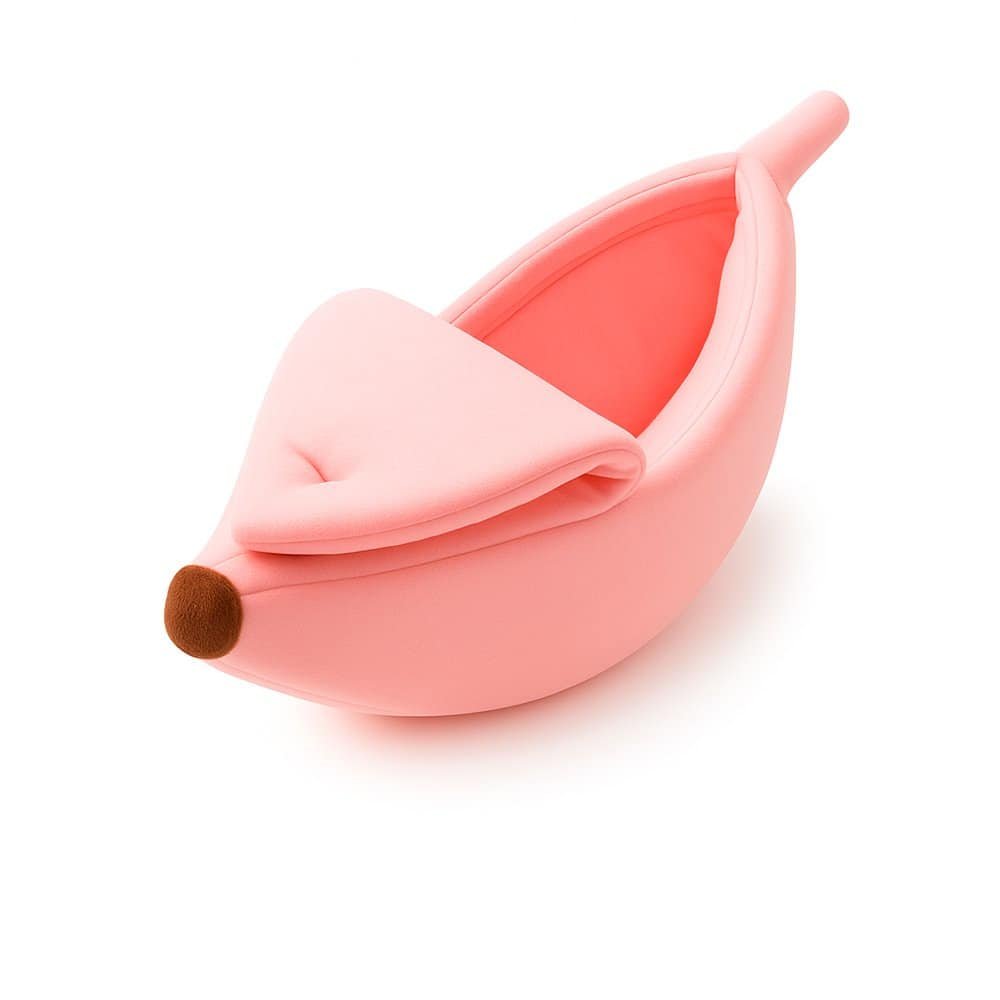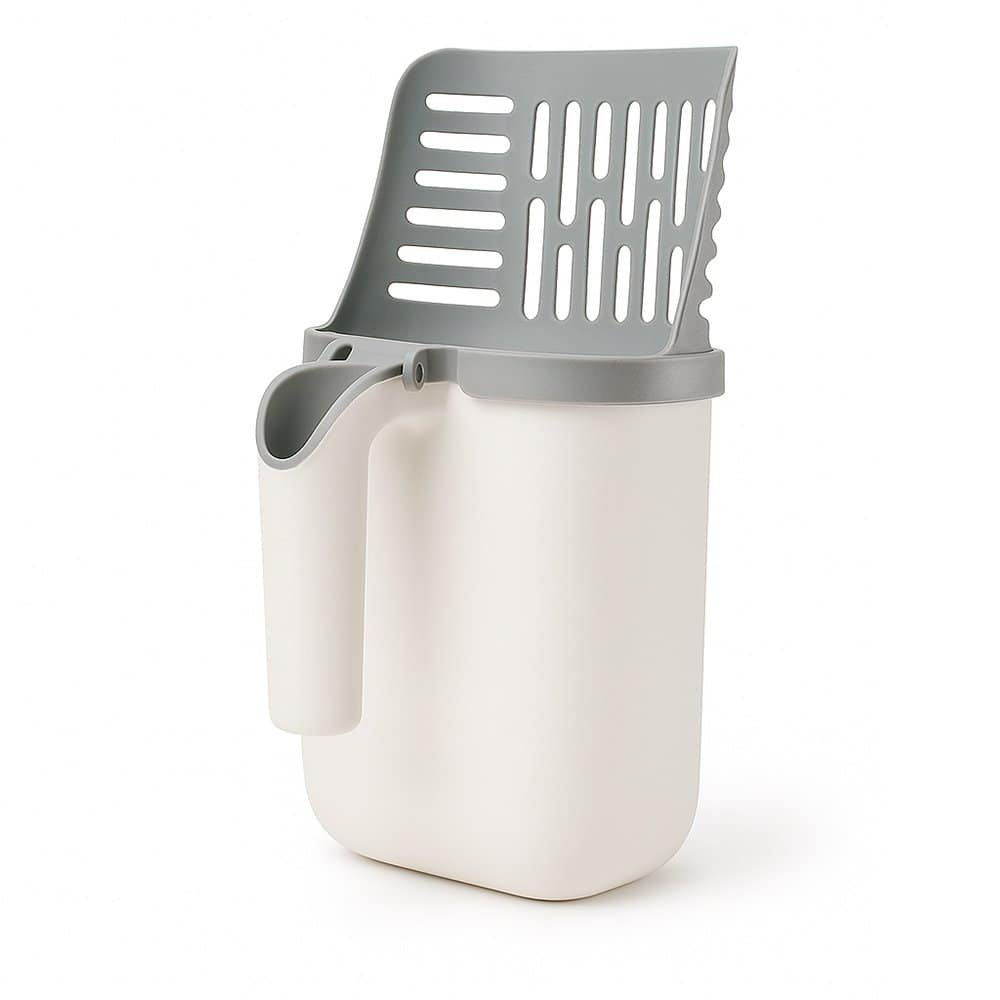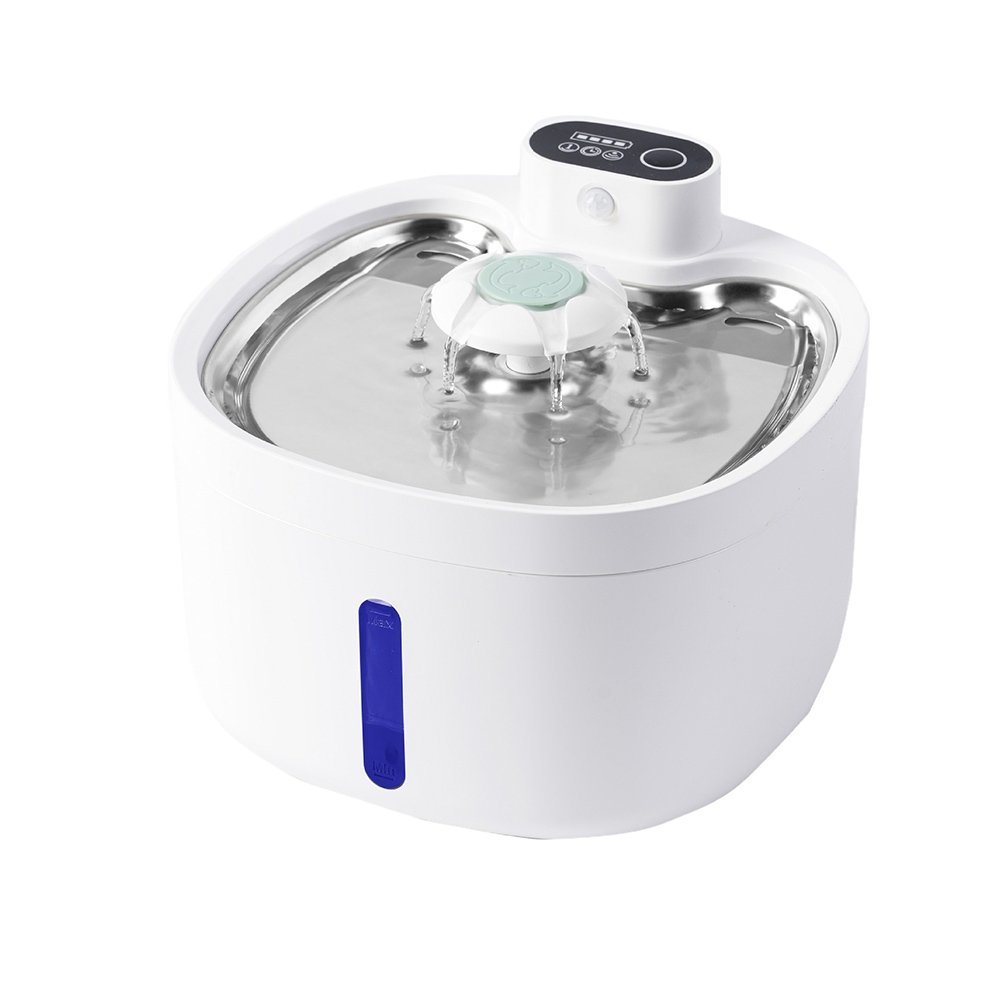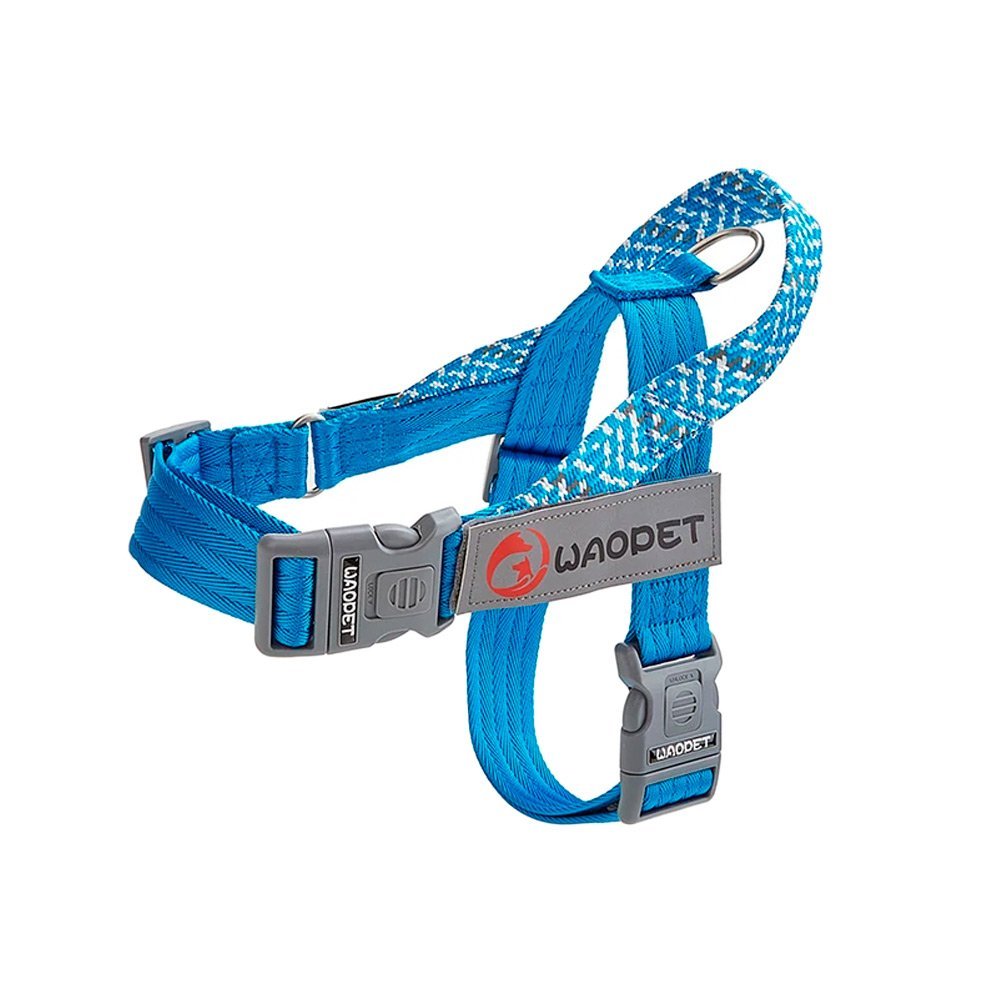Dog Water Dispensers: The Best Way to Keep Your Pet Hydrated and Healthy
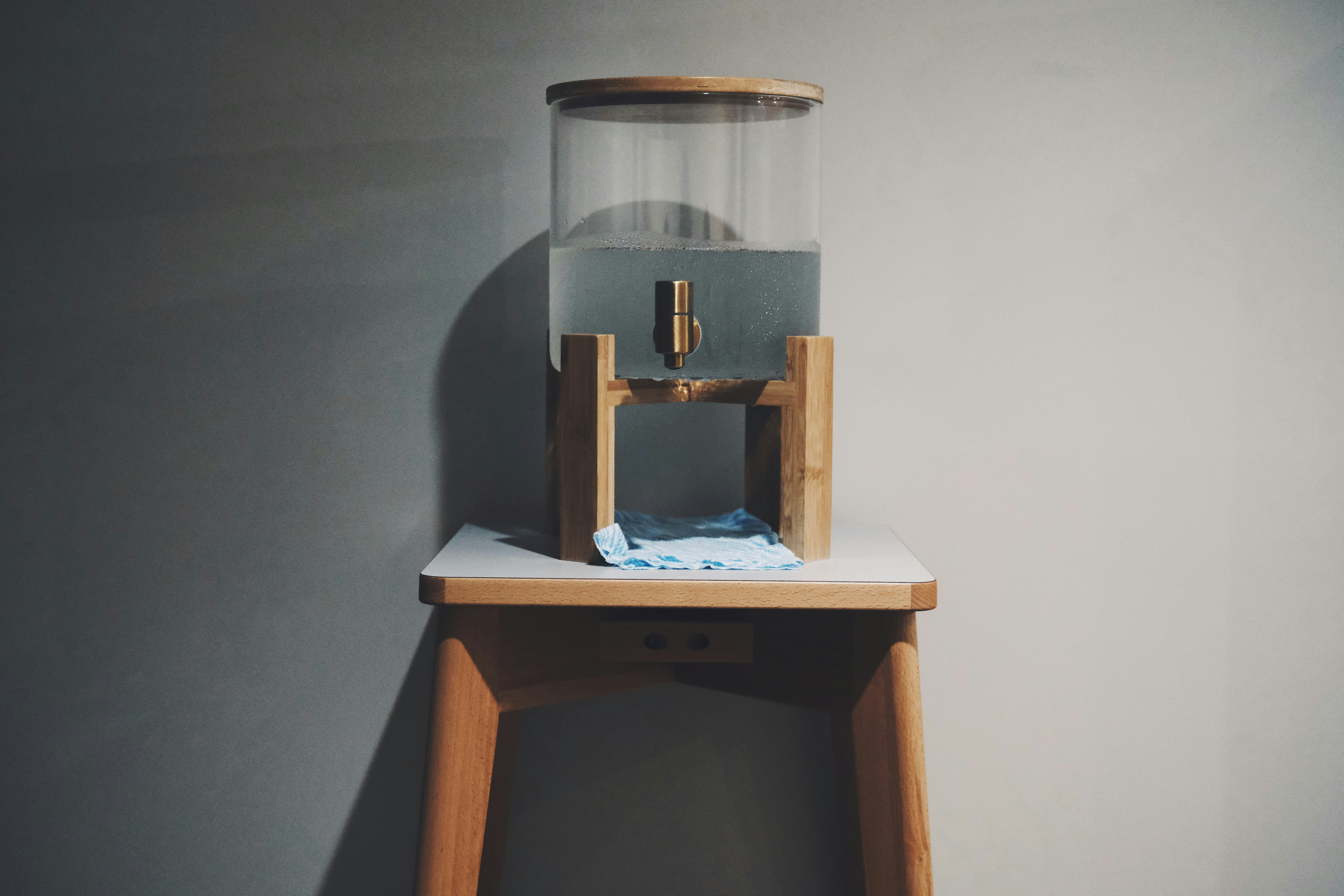
Introduction to Dog Water Dispensers
Dog water dispensers are innovative devices designed to provide a continuous supply of fresh water for pets. These dispensers can come in various shapes and sizes, catering to the needs of different dog breeds and their drinking habits. They typically function by utilizing a gravity-fed system or an electronic mechanism, ensuring that water is always available for your furry friend. This continual access encourages proper hydration, which is essential for a dog’s overall health and well-being.
The primary purpose of a dog water dispenser is to simplify the hydration process for both pets and their owners. Traditional water bowls often require frequent refilling and cleaning, especially in households with multiple pets. In contrast, dispensers are designed to maintain a steady reservoir of water, minimizing the need for constant attention. This convenience not only makes life easier for pet owners but also ensures that dogs remain well-hydrated throughout the day, contributing to their physical health and vitality.
In addition to providing convenience, dog water dispensers can also enhance the quality of water consumed by pets. Many modern dispensers come equipped with filters that remove impurities, ensuring that the water remains fresh and clean. Some models even include features such as spill-proof designs or adjustable flow settings, making them suitable for various environments, whether it be indoors or outdoors. Ultimately, dog water dispensers represent a practical investment for pet owners looking to promote better hydration habits and maintain the health of their pets.
Hydration: The Key to a Healthy Dog
Maintaining proper hydration is essential for the overall health and well-being of dogs. Just like humans, dogs require water to facilitate numerous bodily functions, including digestion, temperature regulation, and metabolic processes. Adequate water intake is crucial for helping dogs digest food effectively, as it aids in breaking down nutrients and absorbing them into the bloodstream. Insufficient water can lead to digestive issues such as constipation and can hinder nutrient absorption, ultimately affecting a dog’s health.
Additionally, hydration plays a significant role in regulating a dog’s body temperature. Dogs do not sweat like humans; instead, they rely on panting and other bodily mechanisms to cool down. During hot weather or after vigorous exercise, providing a fresh supply of water is vital to prevent overheating and dehydration. When water intake decreases, a dog may struggle to maintain a stable body temperature, which can lead to heatstroke, a serious medical condition.
The impact of inadequate hydration extends beyond digestion and thermoregulation. Chronic dehydration can increase the risk of urinary tract infections, kidney stones, and even renal failure over time. It can also lead to lethargy, decreased appetite, and general malaise, significantly diminishing a dog’s quality of life. Therefore, pet owners must ensure that their furry companions have access to clean and fresh water at all times. A dog water dispenser can greatly aid in this effort, providing a consistent source of hydration and encouraging regular drinking habits. This proactive approach to dog hydration can enhance their overall health and longevity, leading to a happier, healthier companion.
Convenience for Pet Owners
For pet owners, ensuring their dogs remain hydrated is a fundamental aspect of responsible care. One effective solution that addresses this need is the use of a dog water dispenser. These devices provide a consistent supply of fresh water, significantly reducing the time spent on frequent refills. This is particularly beneficial for busy pet owners who may have hectic schedules and struggle to find time for routine tasks related to pet care.
Dog water dispensers come in various designs, from gravity-fed models to electric ones that maintain optimal water levels and circulation. By choosing one that suits their household’s needs, pet owners can instill a sense of ease in managing their dog’s water intake. This ensures that dogs have access to clean water at all times, mitigating the risk of dehydration, which can be detrimental to their health.
Furthermore, families with multiple dogs can find dog water dispensers especially advantageous. Traditional water bowls often require constant monitoring, as they can quickly become empty, leading to competition among dogs and unnecessary anxiety around access to water. By implementing a dog water dispenser, owners can provide ample hydration for all their pets simultaneously, fostering a peaceful environment while promoting healthy drinking habits.
In addition to saving time, these dispensers minimize the mess commonly associated with conventional bowls. Spills and sloshes are often commonplace, leading to wet floors and potential hazards. A dog water dispenser, especially those designed with spill-proof features, helps maintain a cleaner space. This convenience not only benefits pet owners but also contributes to a more organized living environment.
By incorporating a dog water dispenser into daily routines, pet owners can enjoy peace of mind, knowing that their furry friends have ready access to hydration while simultaneously enhancing their own efficiency.
Encouraging Drinking Habits
Ensuring that dogs stay hydrated is crucial for their overall health and well-being, and dog water dispensers can play a significant role in promoting drinking habits. Behavioral studies indicate that pets are generally more attracted to flowing water compared to stagnant water. This instinctive behavior can be traced back to their wild ancestors, who sought out fresh water sources to avoid contamination. By mimicking these natural conditions, water dispensers can encourage dogs to drink more frequently, thus helping to prevent dehydration.
A dog water dispenser effectively creates a continuous flow of water, which catches the attention of pets. The movement of the water can trigger curiosity and encourage dogs to approach the dispenser more often. Owners may notice that their dogs are willing to drink more regularly when using a water dispenser compared to a traditional bowl. This increase in water intake is particularly crucial during hot weather or after physical activity when dogs are more susceptible to dehydration.
In addition, a dog water dispenser can also ensure a constant supply of clean, fresh water. While stagnant water can become contaminated with bacteria and debris over time, flowing water in a dispenser is typically filtered and oxygenated, making it more appealing for dogs. Many dispensers feature filtration systems that remove impurities, providing pets with a safer drinking option.
Moreover, some automatic dispensers have adjustable settings to control the water flow and customize it for various dog sizes and drinking habits. This adaptability ensures that even the most discerning dogs have access to their preferred drinking style. In conclusion, implementing a dog water dispenser can significantly enhance a pet’s hydration habits, ensuring they remain healthy and active.
Cleanliness and Freshness of Water
Maintaining optimal hydration is crucial for pets, and the cleanliness of the water they consume is equally important. Traditional water bowls can quickly become breeding grounds for bacteria, algae, and other contaminants, thus posing health risks to pets. In contrast, a dog water dispenser enhances the hygiene of water by continually refreshing it, ensuring that pets have access to clean water at all times. This mechanism significantly reduces the chances of stagnation, which is often a problem with static bowls.
Dog water dispensers typically come equipped with filtration systems that help eliminate impurities, thereby improving the water quality. Filters trap dirt, residual food particles, and other harmful substances that can compromise a pet’s health. By ensuring that only fresh and clean water is dispensed, these systems contribute to a safe drinking environment for pets. Additionally, many dispensers are designed for easy cleaning, allowing pet owners to maintain hygiene effortlessly.
Moreover, the circulation of water in these dispensers hinders the growth of bacteria. Studies have shown that stagnant water can harbor harmful microorganisms that might lead to gastrointestinal issues or other health concerns in dogs. By providing a steady flow of clean water, pet owners can significantly reduce the risk of their dogs falling ill due to poor water hygiene.
Utilizing a dog water dispenser not only elevates the standard of hydration but also promotes overall wellness. By ensuring pet owners are equipped with the right tools to maintain water cleanliness, they can support their pets’ health more effectively. Choosing a water dispenser adds a layer of security and quality assurance that pet bowls simply cannot provide, making it an intentional choice for responsible pet ownership.
Variety of Design Options Available
When it comes to selecting a dog water dispenser, pet owners will find a plethora of design options tailored to suit various needs and preferences. An array of styles and features ensures that every dog can have access to fresh water, promoting hydration while considering the owner’s convenience.
Firstly, dispensers are available in numerous sizes, ranging from small units designed for toy breeds to larger models that can cater to bigger dogs. This variety allows dog owners to select a product that accommodates their pet’s needs effectively. Additionally, some dispensers are designed to hold larger volumes of water, which can be particularly advantageous for multiple-pet households or for those who are away for extended periods.
The material of the dog water dispenser is another critical factor. Common materials include plastic and stainless steel. Plastic dispensers are lightweight and often available in vibrant colors and designs, which can integrate well with home decor. On the other hand, stainless steel options are durable, resistant to rust, and generally easier to clean, making them a hygienic choice for pet owners concerned about bacteria buildup.
Pet owners can also choose between manual and automatic dispensers. Manual dispensers typically require the owner to fill them up regularly, providing control over the amount of water dispensed. Conversely, automatic dispensers come equipped with a mechanism that continuously streams water, ensuring that pets always have access to a fresh supply. These automatic models often include features like filtration systems, which can improve the quality of water, making them a popular choice for health-conscious pet owners.
In consideration of these various design options, owners should assess their pet’s specific requirements and their lifestyle when selecting the most appropriate dog water dispenser. This careful selection can foster not just hydration but also the overall well-being of their furry companions.
Easy Maintenance of Dog Water Dispensers
Maintaining a dog water dispenser is essential to ensure that your pet has a constant supply of clean and fresh drinking water. Most modern dog water dispensers are designed with user-friendliness in mind, making routine upkeep a simple task for pet owners.
One of the primary benefits of these dispensers is their easy-to-clean components. Many models are constructed with dishwasher-safe parts, which allows for hassle-free cleaning and sterilization. For those without a dishwasher, a mild soap solution with warm water can effectively clean the dispenser. It is advisable to disassemble the unit, removing the bowl, reservoir, and any filters, before proceeding with the cleaning process.
Additionally, regular maintenance should include checking for clogs or any buildup of debris. Cleaning the water intake tube and examining the pump (in electric models) can ensure uninterrupted function. Pet owners should consider incorporating this maintenance into their weekly routine to minimize bacterial growth and ensure that the water remains healthy for consumption.
Filters, if your dispenser has them, also play a crucial role in keeping the water clean. Depending on the type of filter, it may need to be replaced every few weeks or months. Always refer to the manufacturer’s recommendations regarding the type of filter to use, as well as the replacement frequency.
Lastly, it is important to inspect the overall condition of the dispenser periodically for any signs of wear or damage. Should any components become cracked or corroded, they should be replaced immediately to prevent contamination of the water source. By following these maintenance tips, pet owners can ensure that their dog water dispensers provide the best hydration solution for their beloved pets.
Eco-Friendly Options for Sustainability
As pet owners increasingly consider their environmental impact, the choice of dog water dispenser has evolved to incorporate eco-friendly options. These dispensers not only serve the practical purpose of providing hydration for pets but also play a significant role in promoting sustainability. One of the primary benefits of using a dog water dispenser is the reduction in reliance on single-use plastic bottles, which have become a major contributor to pollution and landfill waste. By opting for a durable dispenser, pet owners can help decrease the demand for these environmentally detrimental products.
When selecting an eco-friendly dog water dispenser, it’s essential to examine the materials used in its construction. Many manufacturers are now offering products made from sustainable materials, such as bamboo, stainless steel, or recycled plastics. Bamboo is a renewable resource that grows quickly and requires minimal processing, making it an excellent choice for environmentally conscious consumers. Stainless steel, on the other hand, boasts enhanced durability and longevity, reducing the need for frequent replacements and waste. Recycled plastics empower customers to contribute to a circular economy by choosing products that give new life to discarded materials.
Another eco-friendly feature to consider is the design of the dispenser itself. Some options come with built-in filtration systems that not only purify water but also reduce the waste associated with bottled water. This ensures that pets receive clean and safe drinking water while minimizing the environmental footprint. By choosing dog water dispensers thoughtfully crafted with sustainability in mind, pet owners can enjoy the benefits of maintaining proper hydration for their furry friends while supporting a healthier planet.
Conclusion: Invest in Your Pet’s Health
Investing in a dog water dispenser is a proactive step towards ensuring your pet’s hydration and overall health. Throughout this blog post, we have explored the numerous benefits associated with these innovative devices. A dog water dispenser not only provides a steady supply of clean water, but it also encourages pets to drink more frequently. This increased water intake can be particularly beneficial for dogs prone to urinary tract issues or those living in hotter climates.
Moreover, using a water dispenser helps maintain hygiene. Unlike standard bowls, which may become contaminated with food particles or bacteria, a dispenser often features a filtration system that enhances the purity of the water. By supplying filtered water, you can safeguard your dog’s health from potential illnesses associated with unclean drinking sources.
Another noteworthy advantage is the convenience offered by a dog water dispenser. Many models are designed to accommodate your pet’s needs without constant refilling. This not only saves time but also ensures that your pet always has access to hydration, which is essential for their well-being.
Finally, it is essential to acknowledge that the provision of water through a dispenser fosters good habits. Dogs that have better access to fresh water tend to develop a consistent drinking routine, which can lead to improved urinary health and digestion. Considering these points, it is evident that a dog water dispenser is more than just a functional tool; it represents an investment in your pet’s health. By prioritizing hydration, you are enhancing their quality of life and potentially reducing veterinary costs related to hydration-related health issues.






